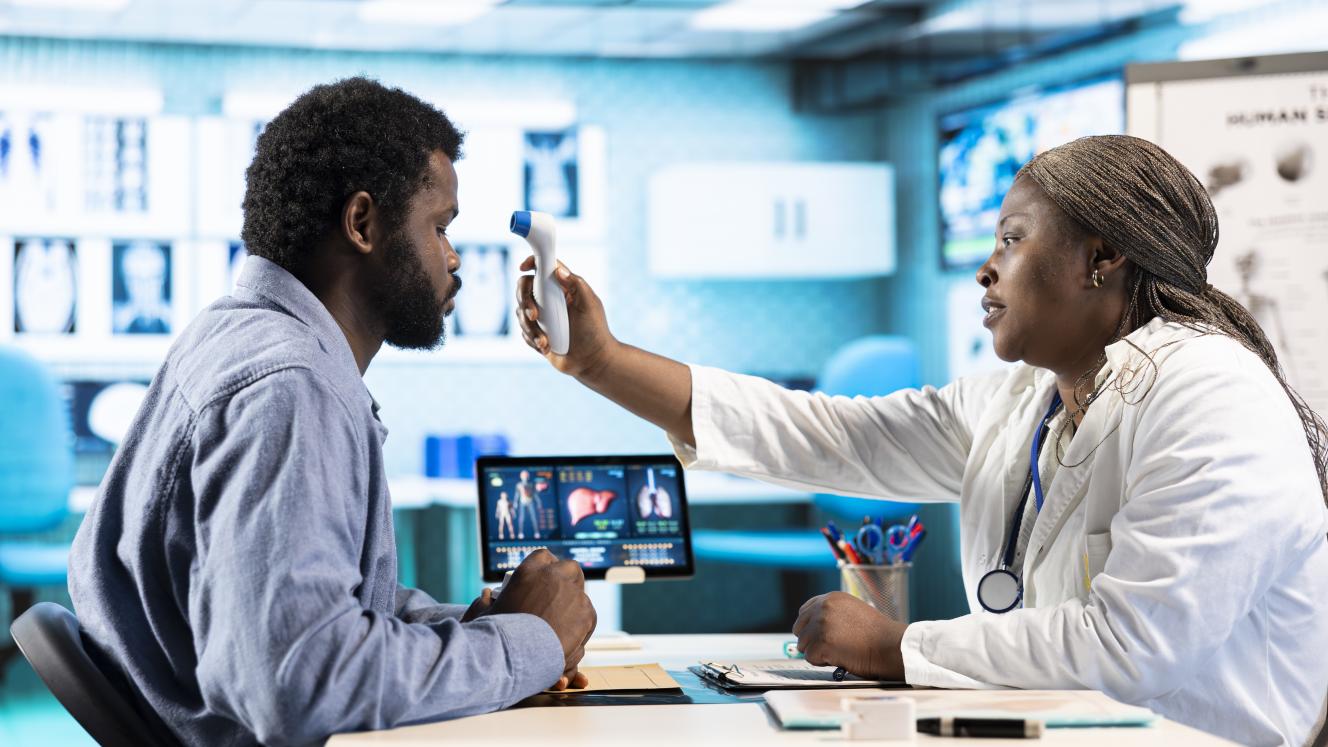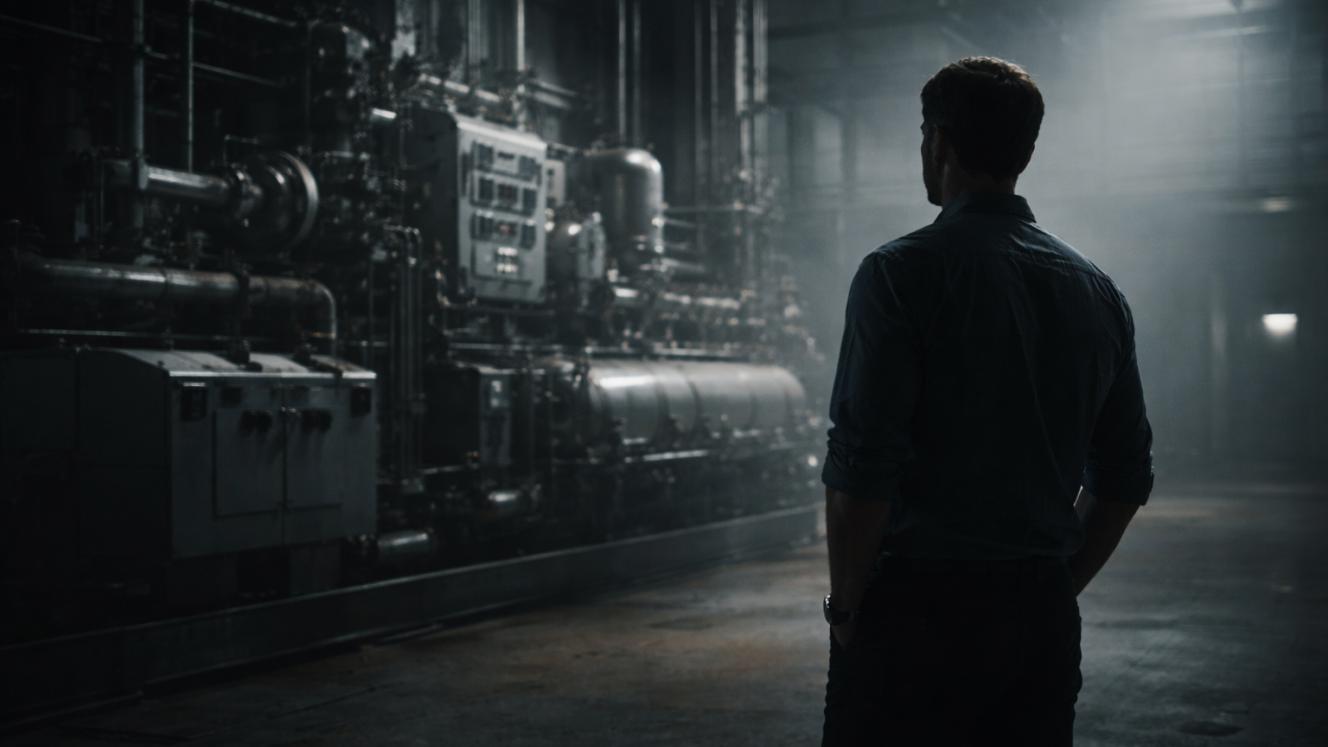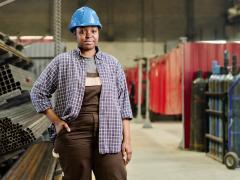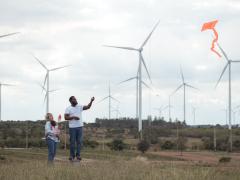Hospitals don’t run on hope. They run on power, pressure, data integrity, clean air, and uptime. In South Africa, engineers are collaborating with clinicians to transform the physical and digital infrastructure that supports healthcare, from modular theatres and energy systems to wearable diagnostics, prosthetics, and robotic surgery.
This is not speculative technology. These are real systems, field-deployed and calibrated to withstand the heat, dust, and logistical complexity of the South African healthcare landscape.
Modular theatres: rapid deployment meets clinical-grade design
Public hospital capacity often hinges on outdated buildings and underfunded capital projects. Modular builds — including prefabricated theatres and mobile surgical units — have begun to change that. In the Western Cape, the provincial government is investing R62 million into modular theatre upgrades at New Somerset Hospital, including HEPA-filtered ventilation, surgical-grade flooring, and medical gas infrastructure.
The engineered systems that support these spaces include UPS-backed lighting, vibration-dampened flooring, and climate-controlled ventilation. More information here.
Field-hardened wearable monitors: remote vitals, zero assumptions
Home-based care and rural health monitoring are growing priorities. But traditional clinical devices often fail outside temperature-controlled wards. Enter wearable monitors, such as neoGuard, designed specifically for low-resource settings. These rechargeable headband-style devices monitor oxygen saturation, pulse rate, respiratory rate, and temperature, transmitting data via GSM instead of relying on Wi-Fi or LAN infrastructure.
These wearables are already in use in parts of KwaZulu-Natal and the Northern Cape. Learn more about neoGuard.
Custom prosthetics: engineering meets local manufacturing
Waiting six months for a prosthetic limb is no longer acceptable. South African engineers, supported by the CSIR’s additive manufacturing programme, are now producing 3D-printed prosthetics tailored to individual patients using body scan data and custom-designed socket systems.
Clinics in Bloemfontein and Durban are benefitting from these technologies. Explore CSIR's additive programme.
Robotic surgery and diagnostic automation: infrastructure beyond the robot
Robotics in surgery has arrived in South Africa — but it requires more than a console and arms. Hospitals like Wits Donald Gordon Medical Centre and Tygerberg have introduced robotic suites, which also demanded structural and data infrastructure upgrades.
More details on da Vinci systems can be found here.
Power continuity: Solar clinics with engineered resilience
Rural clinics often lose power multiple times a week. That’s no longer acceptable in a cold-chain environment. Engineers working with local municipalities and NGOs, such as Greenpeace Africa, have developed hybrid solar-grid systems using lithium battery storage, medical-grade inverters, and smart load control systems to prioritise critical functions.
Greenpeace Africa’s study highlights this in detail. See the case study.
Engineering in healthcare is not glamorous. It’s circuit boards, ducting, data lines, pipes, sealed junction boxes, UPS units, controlled airflow, and absence of downtime. Whether it’s a ventilator that won’t overheat, a diagnostics lab built to handle load-shedding, or a prosthetic printed onsite, it’s engineering that keeps medicine functioning in South Africa.













